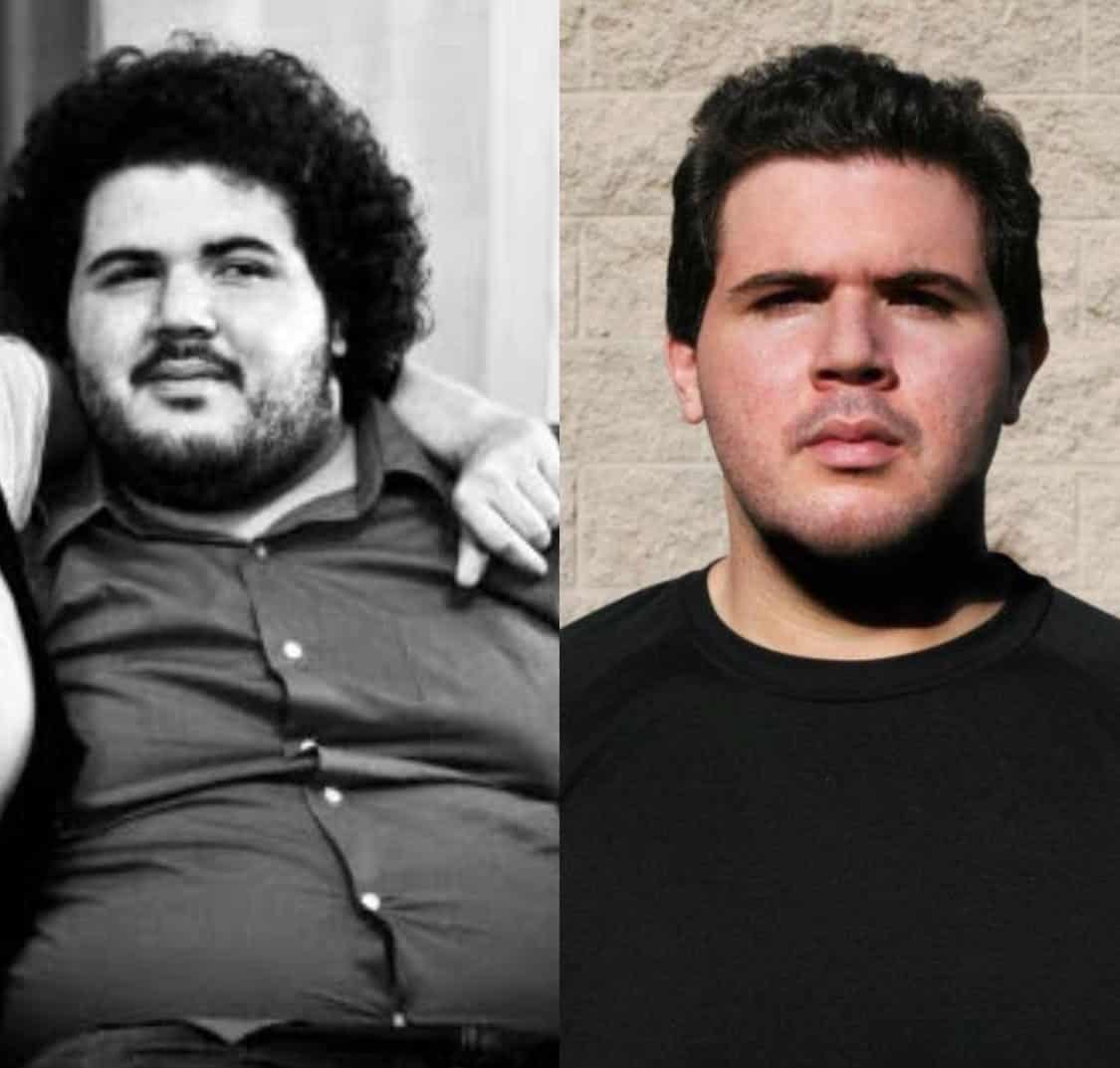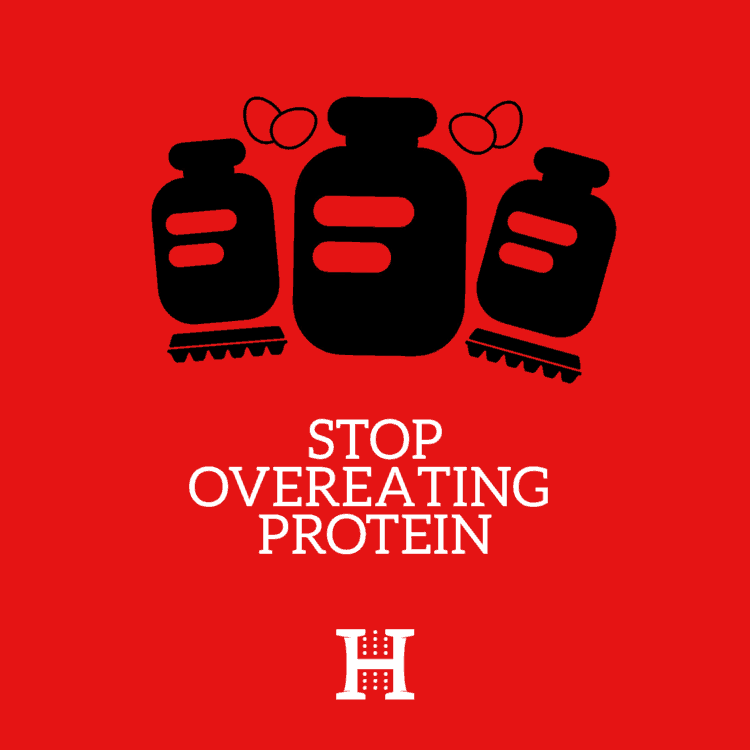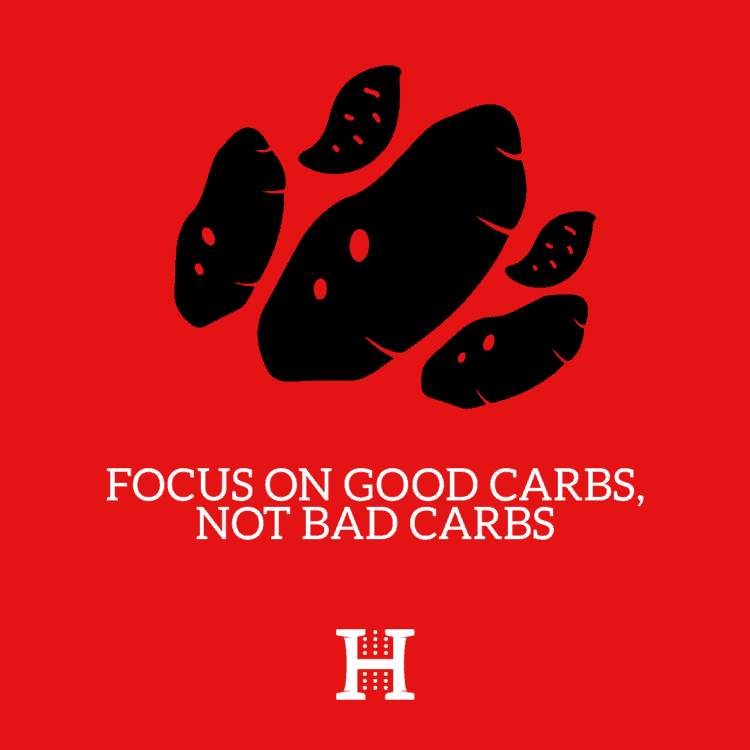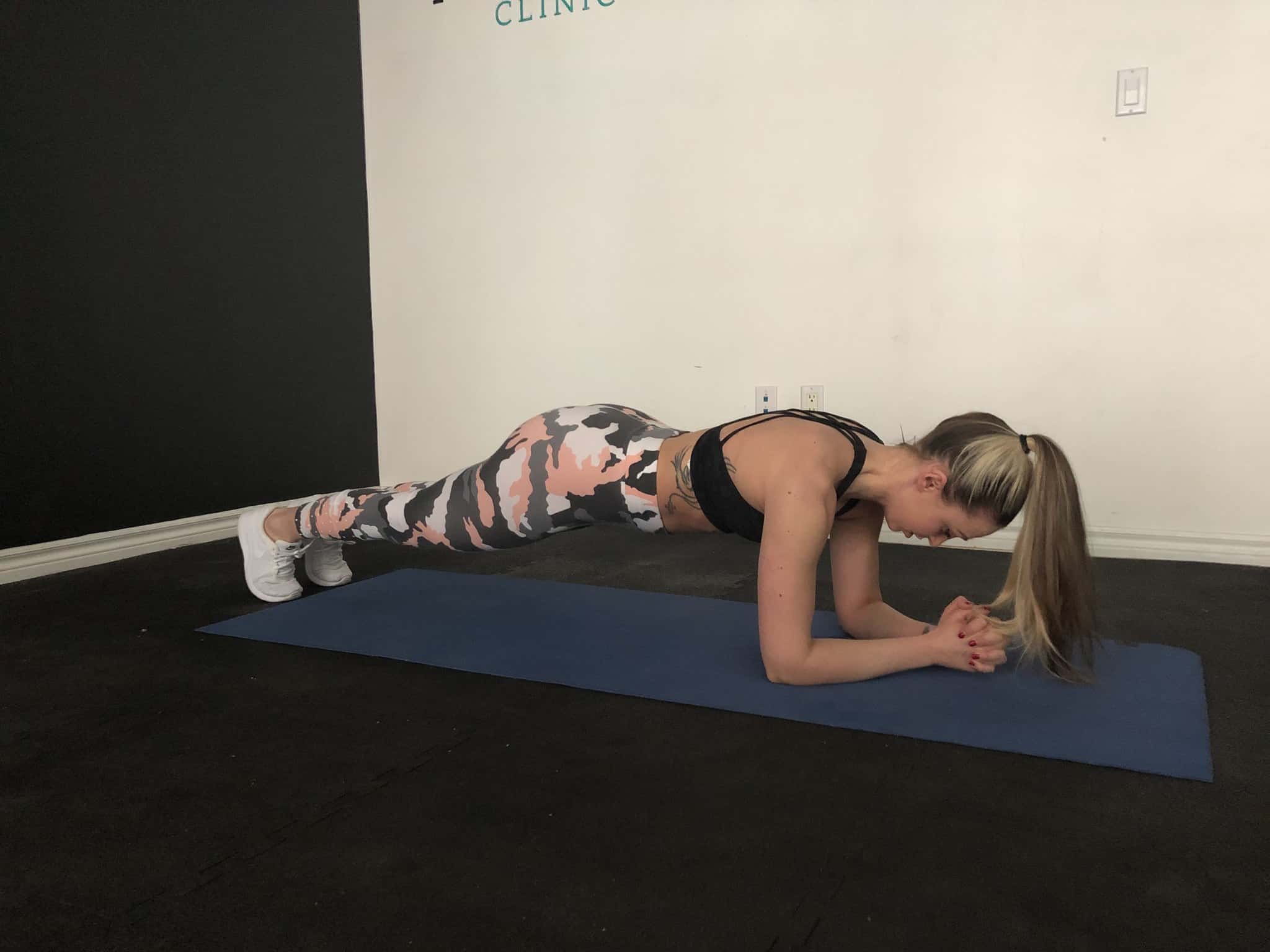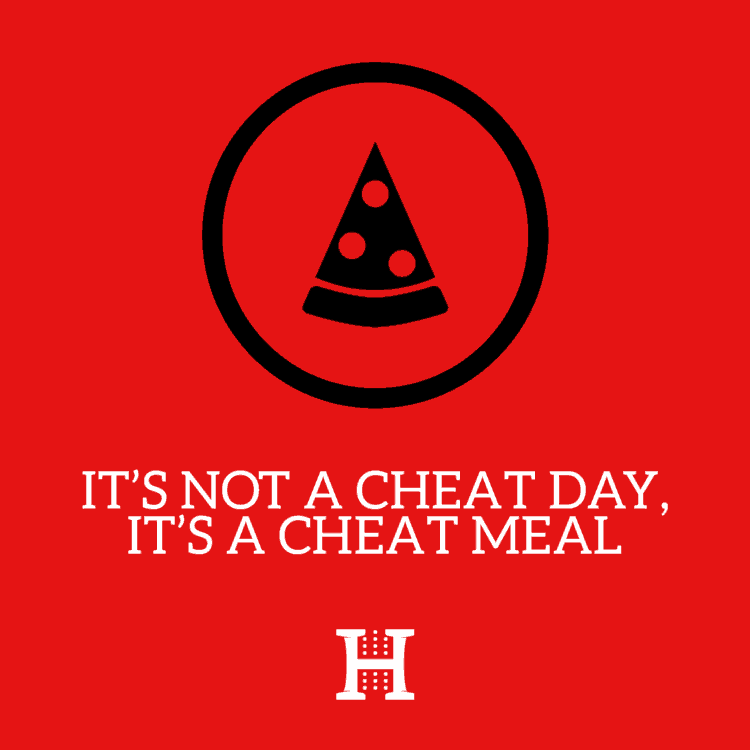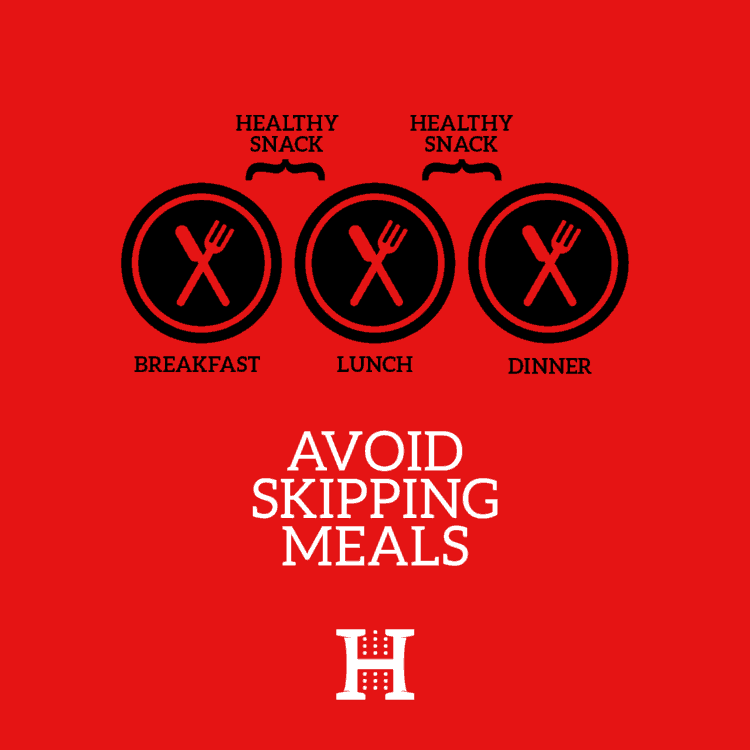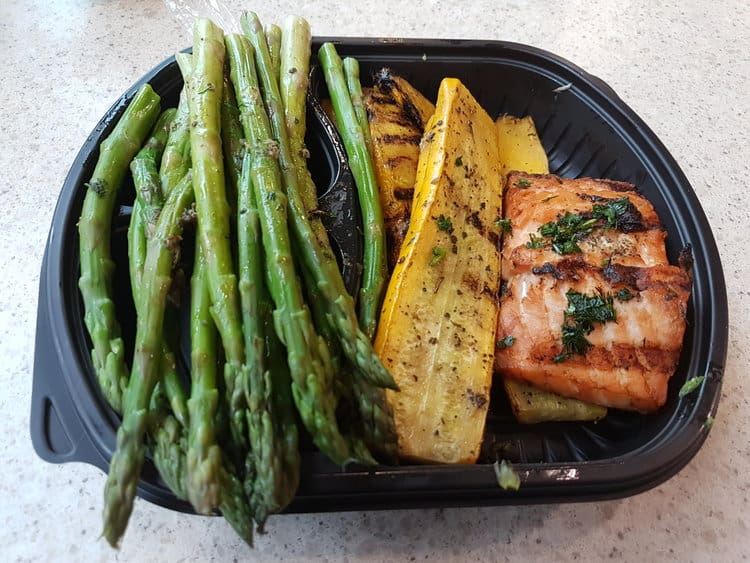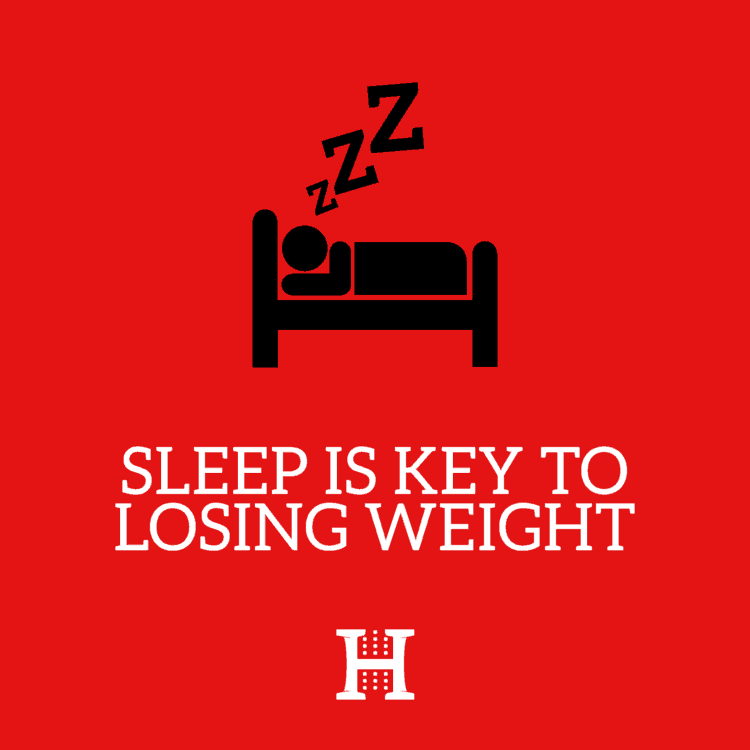The first 30 lbs were quite easy to lose, the remaining 90 lbs were extremely hard to shed off. The reason why it was so hard? Because I didn’t know what to do. This is when I decided to copy what people were doing at the gym, starving myself, over consuming on certain meals and the list goes on. Eventually, I came to the realization that I was struggling to lose weight and needed to learn how to fix it. And when I learned how the right way to lose weight, I could lose 110 lbs of body fat:[1]
Why I was struggling? Because I lacked the knowledge of what to do. How to fix it? By learning what will work. Not what I think might work, but what actually works. Based on experience, I can honestly tell you that 7 out of 10 personal training clients share the same problem. They’re struggling to lose weight. When this situation arises, it’s all about analyzing the amount of output and input in our bodies. Going to the gym and doing random exercises is not enough anymore. It’s all about building a customized plan that works for you. Same with nutrition, someone else’ diet may or may not work for you. Finally, we need to consider lifestyle behaviours as well.
1. Over Consuming Protein
There was a time when protein shakes would have 50 to 100 grams of protein per shake. It wasn’t until this study came out that it was determined that per meal we can only ingest 20g to 30g of protein every 3 to 4 hours.[2] Every person varies on timing and needs. Instead of having 2 chicken breast per meal (which has approximately 62 grams of protein), have 1 chicken breast per meal (31 grams).
2. Confusing Complex Carbs vs Simple Carbs
Eating a slice of bread is not the same as eating 4 cups of sweet potatoes. Simple carbs are digested quicker by the body leaving you hungry. However, complex carbs take time for the body to digest. Simples carbs are found in food such as fruits, milk, soft drinks and more. Complex carbs are found in food such as whole grains, beans, vegetables and more. Simple and Complex serve different purposes. Eating simple carbs is recommended before starting a workout if you have not eaten anything for the past 2 to 4 hours. This way you have a boost of energy. Eating complex carbs is recommended at least 30 to 45 minutes after a workout so you can replenish your glycogen levels. Eating this way will you feel satisfied after workouts, so there is no craving.
3. Not Hitting All the Muscle Groups
It’s not only about doing abdominal workouts and cardio. It’s about hitting all muscle groups 2-5 times a week for significant impact in the body. Beginners should start with compound movement (which target more than one muscle group). A simple guideline would be 1-3 sets of 8-12 repetitions, with a 30 second to a 1:30 break in between sets. Squats target the lower body, while the Glute-Bridges primarily targets the glutes and hamstring. Dead Push Ups target the upper body (front) and Downward Dog targets the upper back. All exercises above target the core muscle, which is why I love to leave the plank for last. The Plank targets all muscle groups if done correctly.
Squats
Dead Push Ups
Downward Dog
Glute Bridge
Plank
4. Confusing a Cheat Meal for a Cheat Day
It’s not bad to break your diet from time to time. After all, we’re humans! The problem is when we over indulge ourselves. Planning for one cheat meal a week will not cause major impacts to the body in regards to gaining weight. However, a cheat day will have an impact on the body to gaining weight and feeling bloated.
5. Skipping Meals
If your body is accustomed to eating a certain times during the day but you skip a meal, the body identifies this as something in the body is changing; therefore the next meal you decide to have will be stored in to our bodies as fat as a mean to survive. Unless you’re doing intermittent fasting, you shouldn’t skip meals. Even then, you have to know what foods to eat so the body does not store it as fat. What you shouldn’t do is skip a meal for weight loss purposes. What you should do, is plan out your day or week of the meals and snack you’re going to eat and focus on portion control, balancing your proteins, carbs and fats, and drink lots of water.
6. Eating till You’re Full
We need to be aware of the amount of food we put on our plate. There needs to be healthy portions of carbs, fats, and protein on our plates. Instead of having 85% of your plate full of pasta (carbs), only put in 35%. Fill the rest up with as much green vegetables as you desire, then have 40% of protein (chicken breast) and 25% of fat (avocado). Below you will find an example of a portioned sized meal:
Asparagus: 50% (Green Vegetables) Grilled Zucchini: 30% (Green Vegetable, Low Carb) Grilled Salmon: 20% (Protein & Fats)
7. Insufficient Sleep
The bodies needs to recover and process everything that it has gone throughout the day. Not only does sleeping help you fight night cravings, but it also helps to increases physical activity output because you’re well rested. Can’t sleep at night? Here are a couple of solutions:
Don’t bring your phone to the bedroom Put a timer so you can remind yourself to go to bed early Don’t eat anything heavy before going to bed
If you’re struggling to lose weight, these are some potential causes that you should check in with yourself. Follow the above weight loss hacks, and gradually you’ll find yourself losing some weight and leading a healthier lifestyle. Keep it up! Featured photo credit: Zach Rowlandson via unsplash.com
